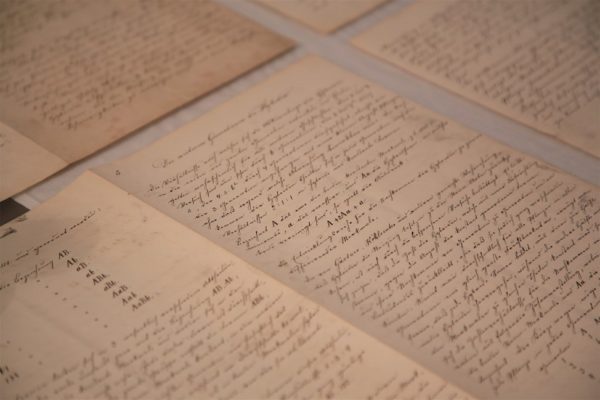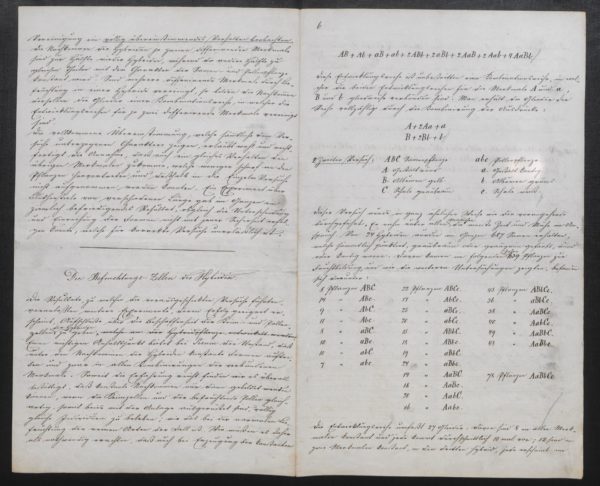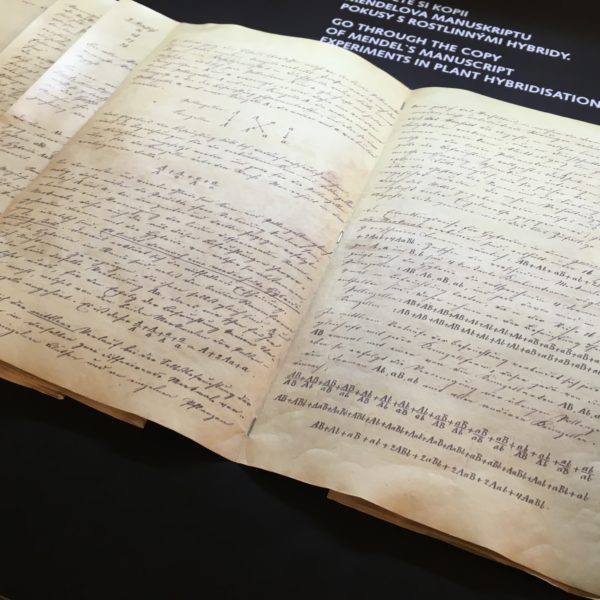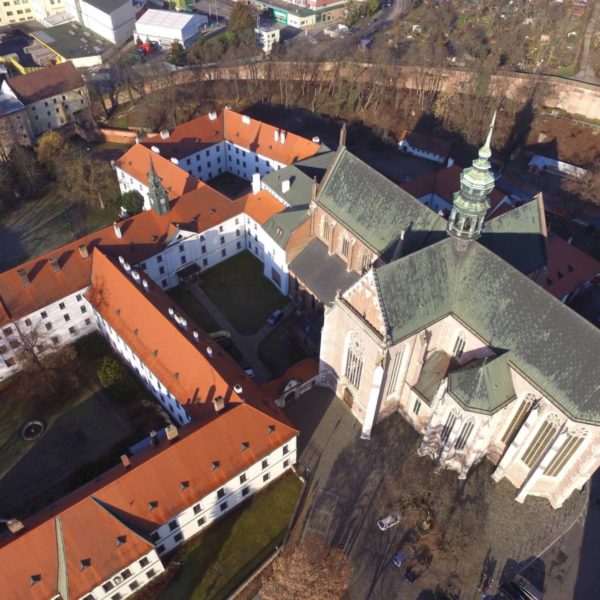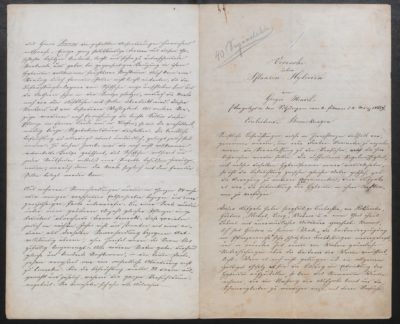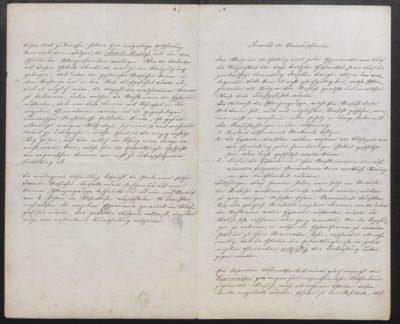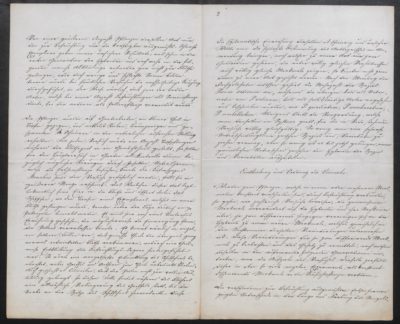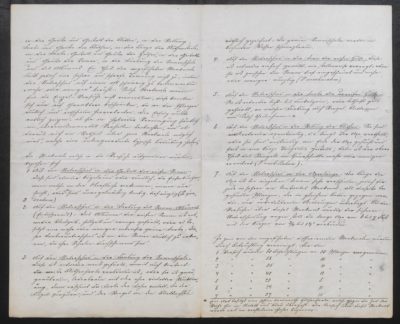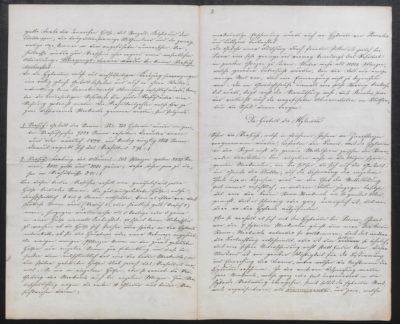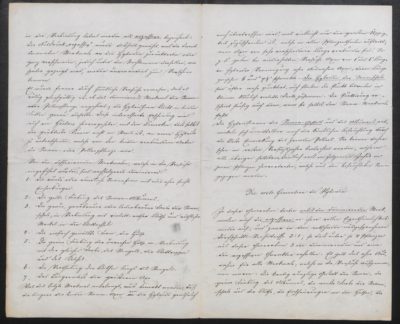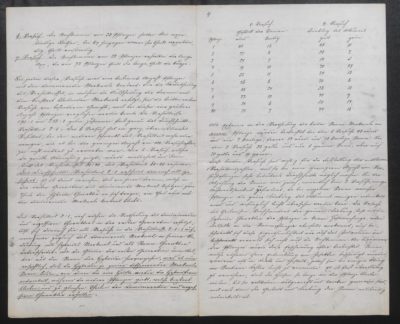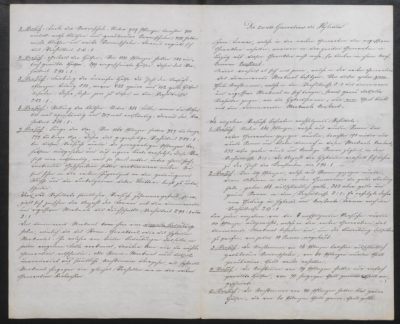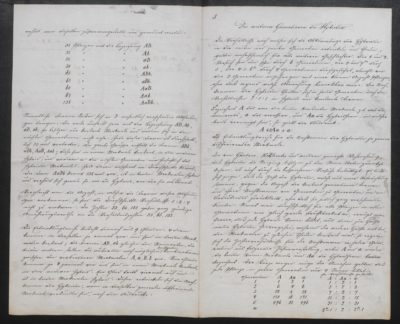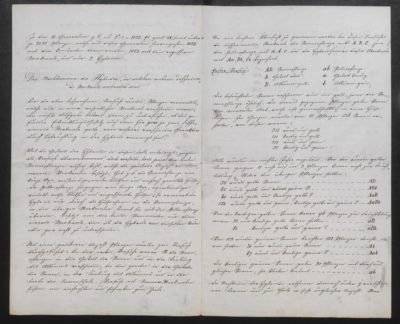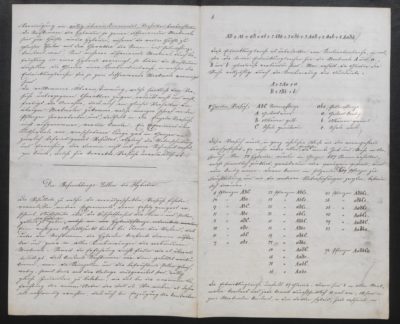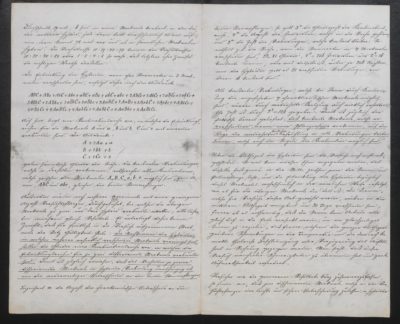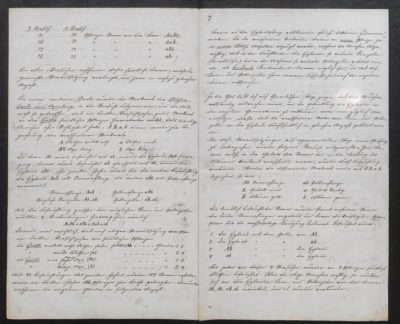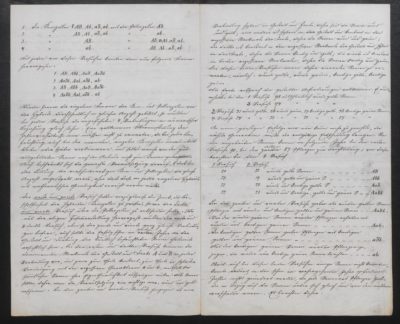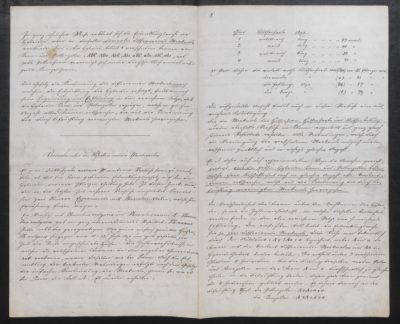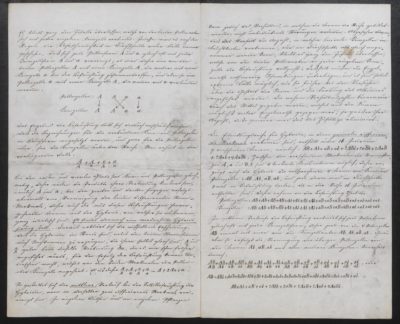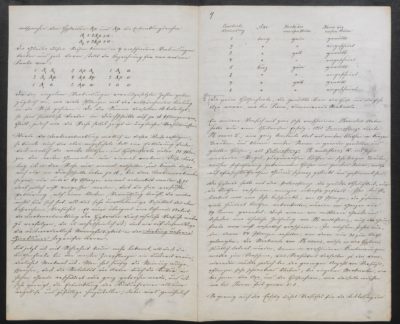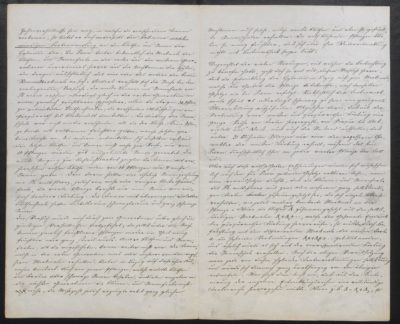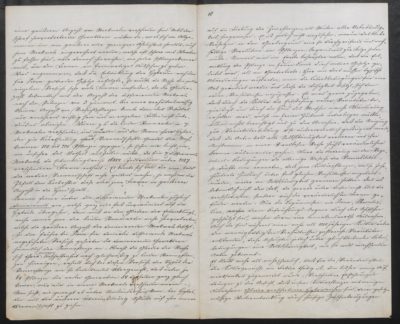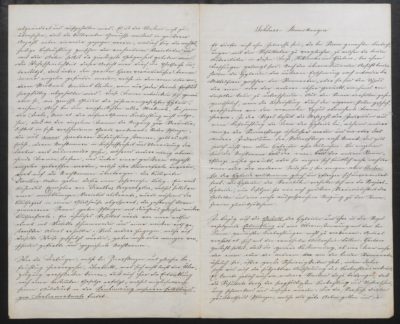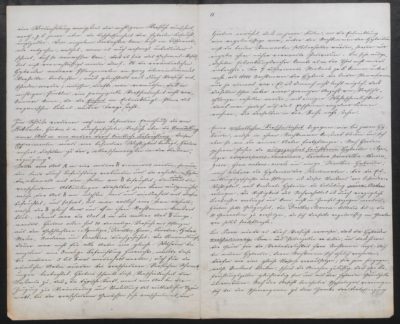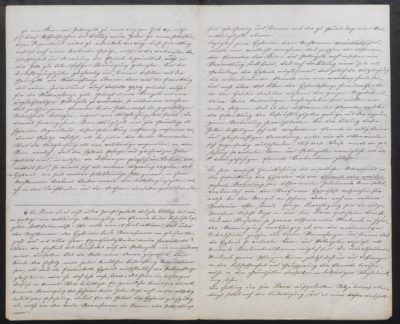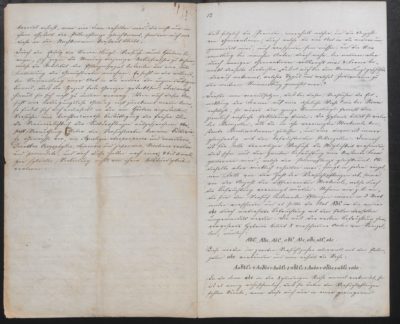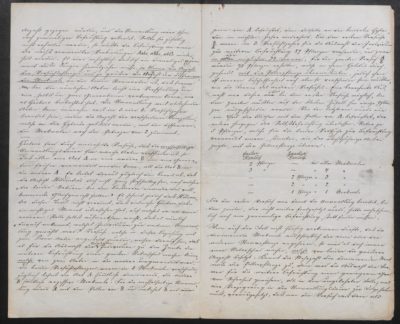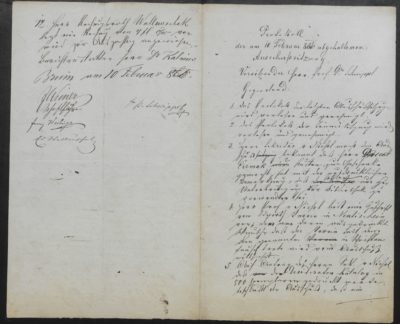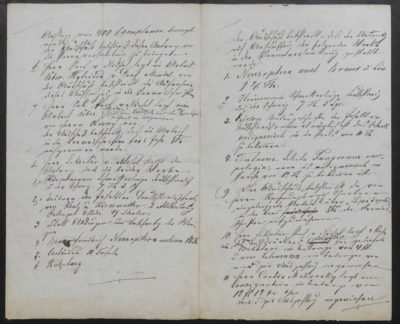According to some sources, at the end of the war Mendel’s manuscript was in the custody of members of the Augustinian province in Bohemia, later the Augustinian vicariate in Vienna. In 1987 it was lent to Augustinians in Germany, where it was allegedly held by the Augustinian priest Clemens Richter of Salzburg, a descendant of Mendel’s sister Veronica. It was not until the summer of 1992 that a facsimile of the original manuscript was published in Germany, thereby implying the existence of its original source.
The work was kept with members of Mendel’s family, but thanks to Czech diplomats and Vatican support, the German side and Mendel’s descendants were persuaded that the manuscript was still the property of the Old Brno Monastery, since everything monks do within a monastery belongs to that institution.
After difficult negotiations, this pioneering work from the dawn of genetics finally returned to the Czech Republic in 2012, after 25 years. But three years later, under strange circumstances, the document was taken back to Vienna. Further negotiations followed, this time lasting a year, in order to return this ‘family silver of humankind’ back to its place of origin – the Old Brno Monastery.




